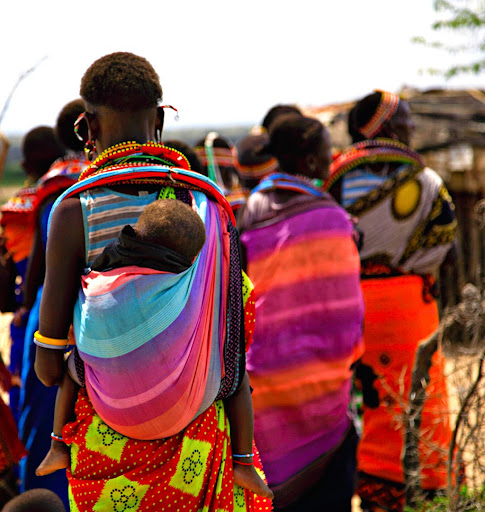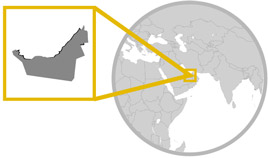Religion
The most prominent religion in Kenya is Christianity which makes up around 82% of the population, around 47% of the population is specifically the Protestant sect and a further 23% is Catholic, the remaining 12% is divided somewhat equally among Presbyterians, Baptists, Methodists, Reformed, Lutherans, the Anglican Church of Kenya, Pentecostal, New Apostolic Church, Eastern Orthodox Church, Jehovah’s Witnesses, Seventh-Day Adventist Church, Branhamism, the United Pentecostal Church International and the Church of Jesus Christ of Latter-day Saints.
Islam’s foothold is Kenya is also strong with around 11% of the population, around 7% identify as Shia, 4% identify as Ahmadi and the remaining tends to identify as Sunni, mostly Shafii. The Baha’I Faith is also prominent, with around 1% of the population as followers. Around 2% of the population consider themselves Atheist and the remaining 3% are followers of indigenous African religions.
Museums, Galleries & Architecture
Kenya’s Architectural history is limited with mainly colonial-era buildings and modern buildings remaining. However, in some places various parts of Arabic culture exist, especially in many of the country’s Mosques. Likewise, some small parts of Gothic styles exist in some of the country’s Churches. Indigenous structures typically include small mud-huts with thatched roofing, sometimes covering the whole house.
Clothing, Dress Style & Etiquette
With over 42 different ethnic communities, each with its own traditional wear and symbolism, Kenya’s clothing is extremely diverse and may also contain influences from Arabic, European and even Asian cultures. However, several clothing pieces have become more prominent as of recent decades; these include the Kitenge (a piece of embroidered and tie-dyed cloth used to carry children or as a headscarf) and the Kanga (a piece of cloth with a print on it used as a body wrap).


